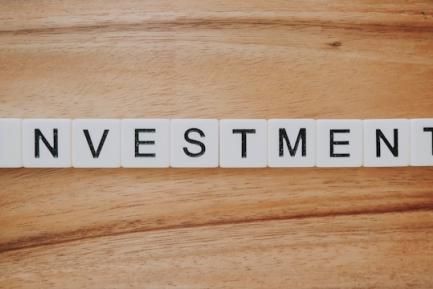
Reason for hope

The publication of the growth data for Q1 has continued to reflect the asymmetries in the recovery of global economic activity. The American economy, having grown by 1.6% between January and March, remains well ahead of a Europe once again plunged into recession by registering two consecutive quarters of negative growth. Nevertheless, the latest signs reflect a shift in the trend in our region, as in recent weeks there has been an acceleration in the vaccination rate, an easing of the restrictions with a consequent increase in mobility, a rise in confidence among economic players and an acceleration in the processing of the Recovery Plans that will lead to the disbursement of European funds. These signs allow us to anticipate that the worst could now be behind us.
It is true that we still have more questions than answers about this crisis. Furthermore, in a globalised world there are no airtight compartments or islands of supposed safety, so we can only put COVID behind us when herd immunity reaches all regions. Nevertheless, in recent weeks there has been greater optimism as the vaccination targets which Europe had set for this summer appear increasingly achievable, as these would allow us to exit containment mode and join the group of countries in expansive territory. The activation of the last 12 months of pent-up consumption in Europe thanks to this improvement in expectations could alone contribute slightly more than 1 pp to growth in 2021 in a conservative scenario (2.5 pps in the optimistic scenario), given that forced savings in the region last year amounted to just over 4% of GDP.
Spain is not excluded from this improvement in the signs, as 25% of the population is already covered with at least one dose, while the rate of vaccination in the last week of April (4,400 doses per 100,000 inhabitants) was 25% higher than that required to immunise 70% of the population by the end of September. In addition, the confidence of economic players measured by the composite PMI has managed to climb above 50 points (the line which separates expansion from stagnation), while CaixaBank’s consumption indicator also improved in April, with a year-on-year drop of 5% (+0% Spanish cards) compared to −8% on average in Q1 2021.
In this environment of greater confidence, the question is whether the pendulum could swing too quickly and precipitately, anticipating a risk of overheating in the US economy that could spread to the rest of the industrialised countries. That said, the situation facing the US can hardly be extrapolated to other countries. After all, the accumulation of the country’s expansive fiscal plans in the last year amounts to 6 trillion dollars (25% of GDP), with a barrage of cheques for households which in March alone led to an increase in the savings rate of up to 27% of disposable income. In addition, the country has achieved a high vaccination rate (44% of the population with at least one dose) and some business surveys anticipate incipient production bottlenecks. Despite all this, neither the markets nor the Federal Reserve in particular seem particularly concerned by the speed of a revival that will enable GDP to recover to Q4 2019 levels by this summer – at least not until all of the jobs lost last year are recovered. It is clear that inflation will continue to rally over the coming months, potentially reaching close to 4.0%, but it is also the case that by the end of the year it will return to 2.5% once the base effect has dissipated. This scenario could allow the Fed to stay on its road map, especially given that the new monetary policy strategy incorporates much more flexibility. Thus, in the face of the fears of the start of the year, the yield on the US bond appears to be stabilising at around 1.6% despite the upward revision of inflation expectations. If we consider the relative calm of the bond markets in conjunction the biggest stock market gains (10%) in the first 100 days of a presidency since the 1960s, it seem that investors are less worried than part of academia about Joe Biden’s aggressive economic-policy shift. The new president is following the old rule that reforms should be concentrated into the first three months of office, especially when there is only a narrow majority in the chambers. Ultimately, there is reason for hope, but it is too early to consider a short-term withdrawal of the stimuli or to anticipate inflationary tensions that pose a risk to financial stability, even in the US. We will cross that bridge when, and if, we come to it.



